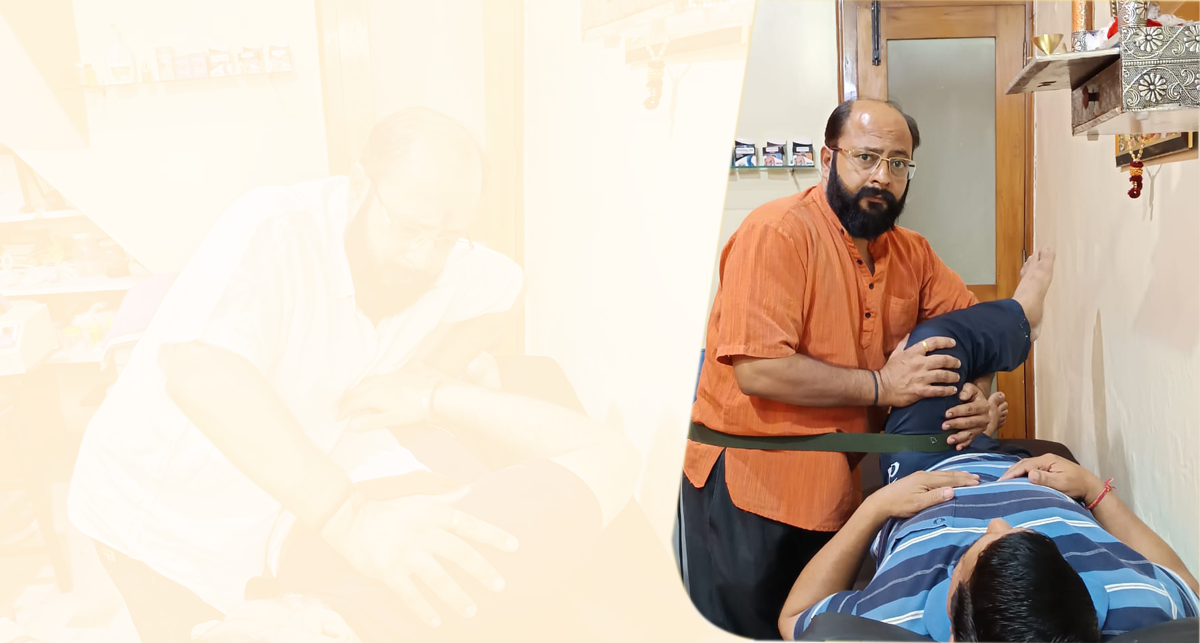Let’s dive into the world of medial and lateral epicondylitis, those elbow conditions that can turn your arm into a drama-filled stage.
Lateral Epicondylitis (Tennis Elbow):
What It Is: Imagine you’re playing tennis, and suddenly your elbow decides to join the match. Lateral epicondylitis is when the outer part of your elbow (specifically the lateral epicondyle) throws a tantrum.
Who’s the Culprit? The wrist extensor muscles—those responsible for extending your wrist and keeping it stable during activities like gripping a racket.
Why It Happens: Overuse! When these muscles work harder than a caffeinated squirrel, microscopic tears occur in their tendons where they attach to the lateral epicondyle.
Nickname: “Tennis elbow” because it’s a common injury among tennis players (especially when they hit off-center backhands).
Medial Epicondylitis (Golfer’s Elbow):
What It Is: Picture yourself on the golf course, swinging that club with finesse. Suddenly, your inner elbow (the medial epicondyle) decides to protest.
The Culprit: The flexor/pronator muscles—these help you flex your wrist and rotate your forearm.
Why It Happens: Same story—overuse! Those eccentric contractions (muscles lengthening while resisting force) create tiny tears in the tendons at the medial epicondyle.
Nickname: “Golfer’s elbow,” although it’s not exclusive to golfers. It can happen to anyone who loves repetitive gripping and wrist flexion.
Symptoms:
Lateral Epicondylitis: Pain on the outer side of the elbow, worsened by gripping or lifting.
Medial Epicondylitis: Tenderness on the inner side of the elbow, aggravated by resisted forearm pronation and wrist flexion.
These elbow conditions can be quite the drama queens, but our physiotherapy superheroes know how to handle them:
Tennis Elbow (Lateral Epicondylitis):
Rest and Activity Modification:
First, we’ll give your elbow a timeout. Rest is essential to allow healing.
We’ll guide you on modifying activities that aggravate the condition—like avoiding that intense backhand swing on the tennis court.
Pain Management:
Ice application helps reduce pain and inflammation. Think of it as a frosty high-five for your elbow.
Over-the-counter pain relievers can provide temporary relief.
Stretching and Strengthening Exercises:
Physiotherapists at ShriSiyaRam Clinic teach specific exercises to stretch and strengthen the forearm muscles.
Eccentric exercises (lengthening the muscle while resisting force) are particularly effective.
Ultrasound Therapy:
High-frequency sound waves increase blood flow, which can reduce pain and speed up healing.
Bracing or Strapping:
Using a brace or strap can reduce strain on the tendon attachment.
It’s like giving your elbow a supportive hug.
Steroid Injections or Surgery (in Severe Cases):
If conservative measures don’t cut it, physiotherapists may collaborate with doctors for further options
Golfer’s Elbow (Medial Epicondylitis):
Similar Strategies:
Golfer’s elbow gets its own spotlight, but the management principles overlap with tennis elbow.
Physiotherapy:
We, at Shri SiyaRam Clinic, guide you through exercises to stretch and strengthen the wrist flexors and pronator muscles.
We’re like personal trainers for your elbow.
Equipment Check:
Proper gear matters. Whether you’re swinging a golf club or shaking hands at a business meeting, they’ll ensure your technique and equipment are elbow-friendly.
Listen to Your Elbow:
If it whispers, “Hey, ease up,” pay attention. Rest when needed.
